Revised edition of The handbook of child life, c2009. Child life is a profession that draws on the insights of history, sociology, anthropology and psychology to serve children and families in many critical stress points in their lives, but especially when they are ill, injured or disabled and encounter the hosts of caregivers and institutions that collaborate to make them well. Children and their families can become overwhelmed by the task of understanding and navigating the healthcare environment and continue to face challenges through their daily encounters. It is the job of child life professionals to provide care and guidance in these negotiations to serve as culture brokers, interpreters of the healthcare apparatus to family and child and the child to medical professionals. Despite the best efforts to provide quality, sensitive psychosocial care to children and their families, they remain vulnerable to lingering aftereffects. The goal of this revised edition is to help prepare child life specialists to deliver the highest level of care to children and families in the context of these changing realities. Each chapter has been substantially revised and two new chapters have been added. This book will be a valuable resource for not only child life specialists but also nurses, occupational and recreational therapists, social workers and other hospital personnel.
The handbook of child life: a guide for pediatric psychosocial care
Rated 4.8 out of 5 based on 23 customer ratings
$24.99
Frequently bought together:
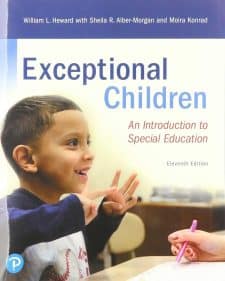
Exceptional Children: An Introduction to Special Education - 11th Edition (15)
Rated 4.9 out of 5
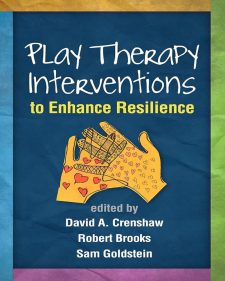
Play Therapy Interventions to Enhance Resilience (Creative Arts and Play Therapy) (1)
Rated 5.00 out of 5

Creative Arts and Play Therapy for Attachment Problems (5)
Rated 5.00 out of 5
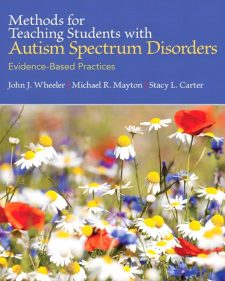
Methods for Teaching Students with Autism Spectrum Disorders: Evidence-Based Practices (5)
Rated 5.00 out of 5
Total: $19.95
- 24/7 support available
- Payments are secure and encrypted
Read Sample
23 reviews for The handbook of child life: a guide for pediatric psychosocial care
Add a review Cancel reply
You must be logged in to post a review.

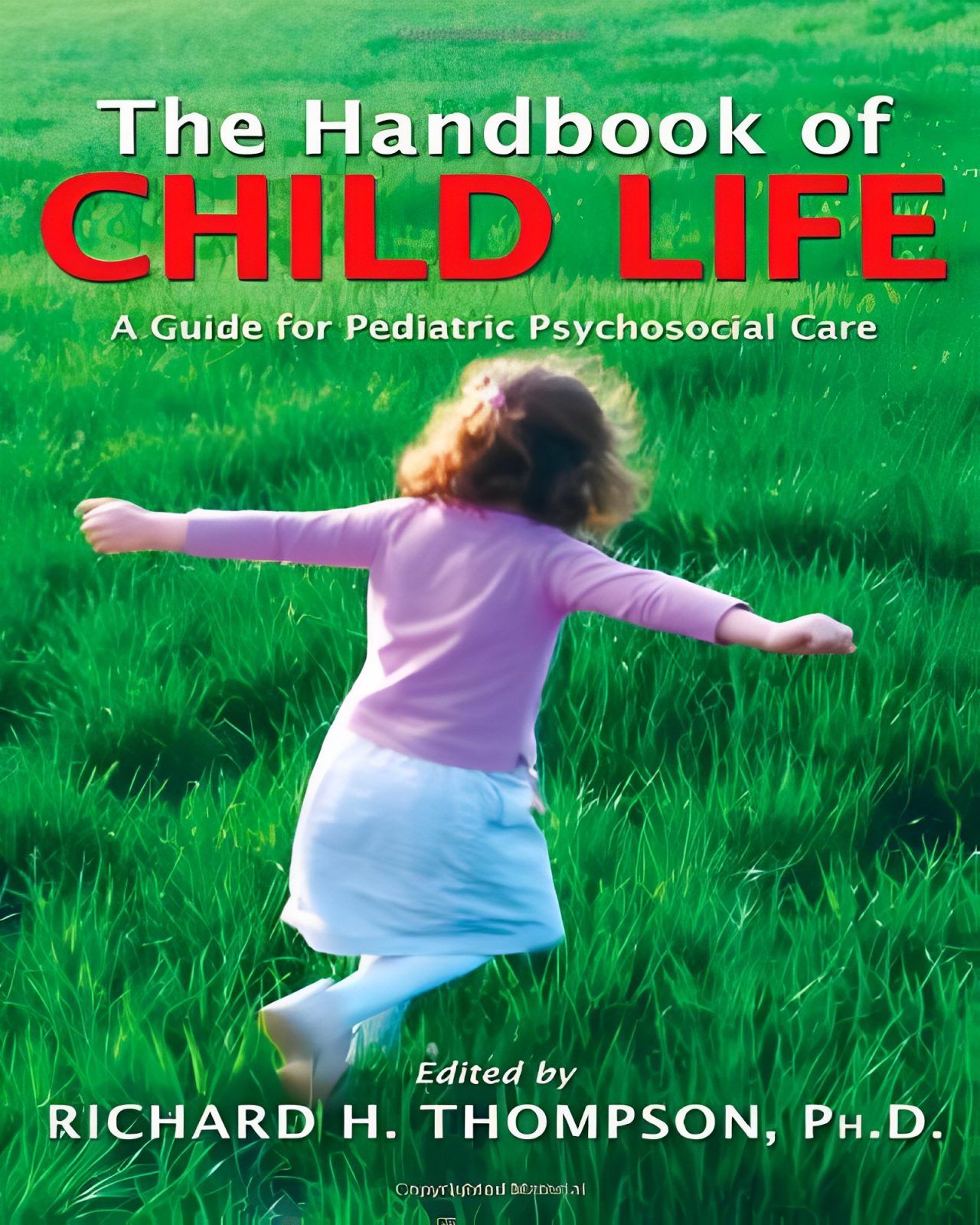
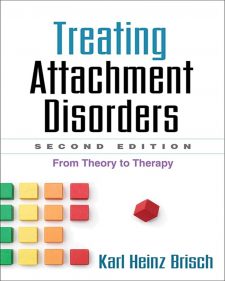

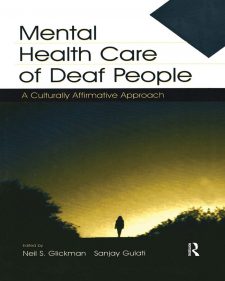

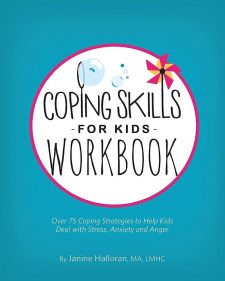
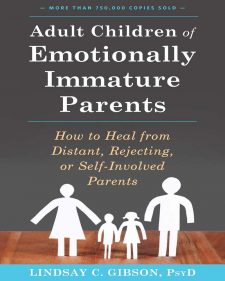

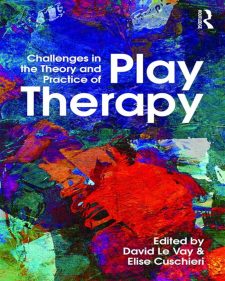

Thompson, R. H. (2018). The handbook of child life: A guide for pediatric psychosocial care. Charles C Thomas, Publisher, Ltd. pp. 350. $59.95 (paperback). IBSN: 9780398092122
Reviewed by: Jenna Marie Lubs
Ferris State University
I read the book The Handbook of Child Life: A Guide for Pediatric Psychosocial Care. As far as this book goes something that’s completely different from other books in the discourse community is that this handbook offers a vast amount of knowledge and topics which span over lots of different medical professionals including nurses, occupational and recreational therapists, and social workers.
The author's main thesis presented in this book is around this concept of play and how play doesn’t only make children happy, but it makes children well. Children grow up learning the fundamental challenges of life, but when they have to be in these unfortunate circumstances like a hospital stay or a new sickness like cancer, they need a way to come to terms with it. The way children deal with new things is through play and that is what this book teaches us.
I enjoyed reading this book, something I enjoyed more than just reading it for an assignment was actually being able to put myself in the story. The profession of child life began in the 1920’s and it was so interesting to read about how it started, like child life specialist used to be called play leaders back in 1920. Also, back in the day not only were 'child life specialist' trained in play, but so were nurses which were again very interesting to me.
During this semester I was able to intern at Helen DeVos Children’s Hospital and I was able to take what I learned in this book and apply it to what was happening in the hospital with children. I am also astounded at the fact that child life really isn’t that well-known outside of the hospital setting. When I tell people what I go to school, they have absolutely no idea what child life is. But with this book, it gives a clear depiction of what child life is.
The first three chapters of the book talked to us about how the child life profession began. Then it talks about the theoretical foundations of child life which as people we know about ethics and how we learn the good and the bad. In this chapter it talked about ethics dilemmas we may run into as a health care worker and theories we may need to have, know, or study. Then the last chapter in this section is about the research of child life. Among the first chapter and this chapter I felt like I was reading a research paper from the beginning of the profession to the end chapter about research. What I did find interesting about it though was that they had several different aspects of the research of child life and the author had a variety of sources on this subject and that kept me engaged.
Another interesting chapter in the book was therapeutic relationships in child life. Something you’ll learn about child life if you ever come across it again is the fact that in the field you don’t just work with your child life team. You’re part of a team which has doctors, nurses, psychologists, case workers, the list goes on and on. But in this chapter, we talked about how when you have a complete and dense background in therapeutic relationships which will not only help the child, but also the family members which 9 times out of 10 you will have to do. Another chapter was on communication and child life, and I was pleasantly surprised that this chapter not only talked about those in the hospital community, but also family members, the child and child life specialist, the friends of the child in the hospital and lastly those who want some form of faith in their communication.
Another chapter in the book was family centered care and the implications for child life practice. As a child life specialist they work with children newborn all the way to the age of eighteen. I am currently, and continually practicing this. When I intern at Helen DeVos Children’s Hospital, I introduce beside play with children newborn all the way to eighteen years old. The child development classes we are taught give us the ability to know that a 6 year old wouldn’t want to shake a rattle but may want to sing frozen songs well watching the movie.
The next three chapters talked about how play is more than just play. It’s a way for children to leave the world of sterile hospitals and just be expressive and show people who even if you have cancer or have to come in for blood draws and so on, you can still be a child.
The last several chapters of the book talked on the psychological preparation and coping, program administration and supervision, working with grieving children and families, chronic illness and rehabilitation, the emergency department and ambulatory care, child life and educational issues with chronic illness or special health care, and lastly child life as a global perspective.
A few of these last chapters resonated with me, some of which included program administration, which I was not sure how that chapter would resonate with me, because I don’t work on that part so I wasn’t sure what that would tell me, but the main focus is that a hospital needs to run like a well-oiled machine and program administrators and supervision helps that happen. I took a class last semester that was all about death and dying and how as a health care professional working with children who are at their end of life, or a family member (mom, dad, sister, etc.) who could be dying. In the book they outlined phases a family may go through during this time which includes pre-diagnosis or diagnosis, chronic phase when the diagnosis becomes real, upfront and something they will deal with for their entire lives, and lastly the protracted or ill-defined phase (Thompson, 2018, p.226). Learning about chronic illness and rehabilitation was cool as well. I have a lot of chronic conditions so that was an interesting chapter I kept thinking, oh, will they talk about this illness or this illness.
This last chapter was a lot of fun to read about, child life and the global perspective. Outside of the U.S. I did not have any information about child life, except that I knew that some places don't call them child life. So depending on the country, State they are called different things like wellness caregivers, child helpers and so on. Depending on the style of the hospital, the size of hospitals may not have a lot of child life specialists, and hours or days you work can also vary.
I think others should absolutely read this book, it gives a lot of information about the field of child life, and how play is such an important aspect for children who are hurt, sick, or mentally fried. Allowing kids to still be kids and be in control during a time when they may not feel like they’re in control is so important. If you want to know more about children, about the people who have the magic bags, help families understand the hospital challenges, then child life may be for you.